Non-Library Library Instruction: Finding New Ways to Meet Student and Faculty Needs
Type of Presentation
Individual paper/presentation (20 minute presentation)
Target Audience
Higher Education
Location
Room 211
Proposal
What happens when you realize there is a need for instruction that isn't being met on campus, even though it doesn't fall within the library’s “normal” instruction efforts? You figure out a way to meet the need and broaden the scope of how your library defines information literacy and library instruction.
Our library now offers three non-traditional topics in addition to traditional information literacy instruction. These topics are research poster design, personal finance and presentation skills. The need for each topic was revealed to us in different ways, and it became clear that our library had a unique opportunity to make an impact beyond traditional instruction and to show ourselves to be helpful in different ways across disciplines. We discovered we would reach more students than with our traditional programs and at different stages in their college careers. This has helped to show the campus community the library is a place to go for many different types of instruction, not just the place for research help.
These three topics have invigorated interest in library instruction. We’ve reached faculty who rarely scheduled instruction and taught students in disciplines that did not often make use of the library. Our foray into non-traditional instruction has shown us to be more of a partner or collaborator with faculty than simply a reactionary entity on campus. This presentation will reveal how each of these topics began, the challenges and successes each have faced and how each is shaping the information literacy of our students.
Presentation Description
What do you do when you discover a need for instruction that isn't being met on campus, even though it doesn't fall within the library's "normal" instruction plan? You figure out a way to meet the need and broaden the scope of how your library defines information literacy and library instruction. Find out how one academic library's foray into teaching non-traditional topics has invigorated its instruction program and interest on campus.
Publication Type and Release Option
Presentation (Open Access)
Recommended Citation
Mills, Holly, "Non-Library Library Instruction: Finding New Ways to Meet Student and Faculty Needs" (2015). Georgia International Conference on Information Literacy. 11.
https://digitalcommons.georgiasouthern.edu/gaintlit/2015/2015/11
Non-Library Library Instruction: Finding New Ways to Meet Student and Faculty Needs
Room 211
What happens when you realize there is a need for instruction that isn't being met on campus, even though it doesn't fall within the library’s “normal” instruction efforts? You figure out a way to meet the need and broaden the scope of how your library defines information literacy and library instruction.
Our library now offers three non-traditional topics in addition to traditional information literacy instruction. These topics are research poster design, personal finance and presentation skills. The need for each topic was revealed to us in different ways, and it became clear that our library had a unique opportunity to make an impact beyond traditional instruction and to show ourselves to be helpful in different ways across disciplines. We discovered we would reach more students than with our traditional programs and at different stages in their college careers. This has helped to show the campus community the library is a place to go for many different types of instruction, not just the place for research help.
These three topics have invigorated interest in library instruction. We’ve reached faculty who rarely scheduled instruction and taught students in disciplines that did not often make use of the library. Our foray into non-traditional instruction has shown us to be more of a partner or collaborator with faculty than simply a reactionary entity on campus. This presentation will reveal how each of these topics began, the challenges and successes each have faced and how each is shaping the information literacy of our students.

